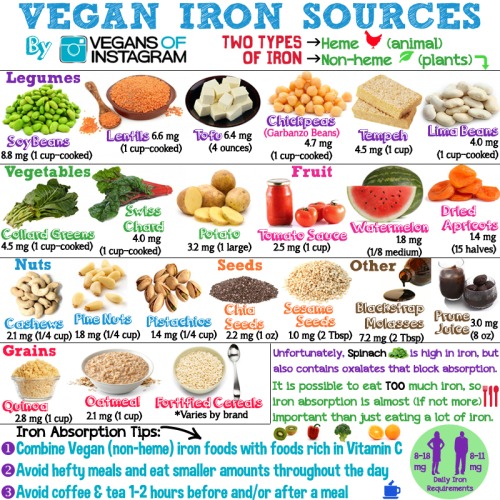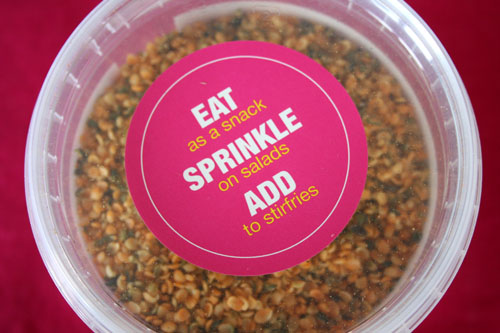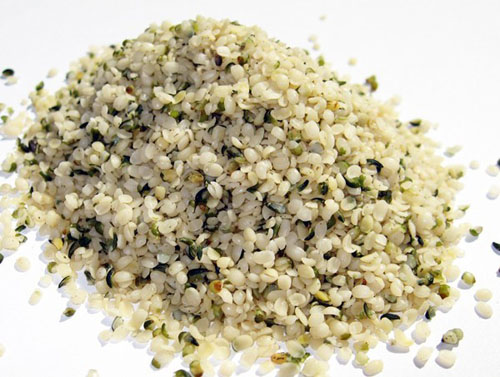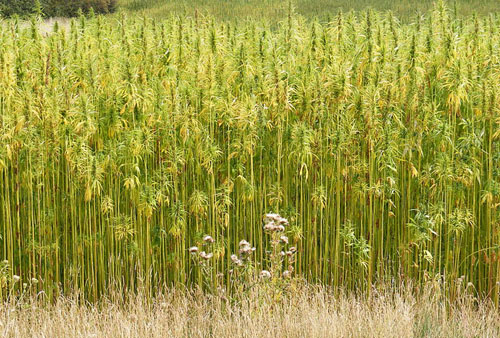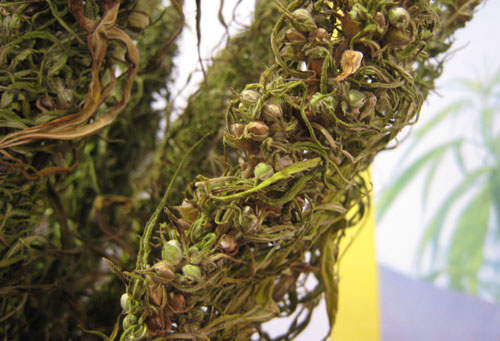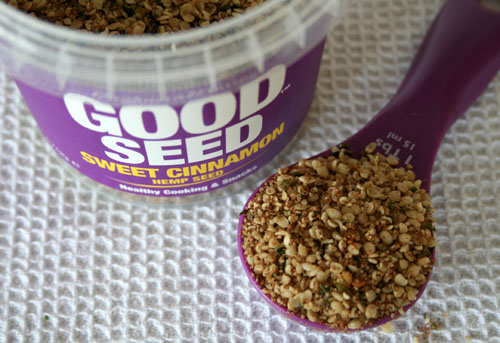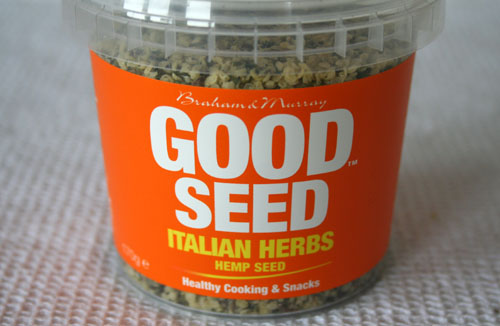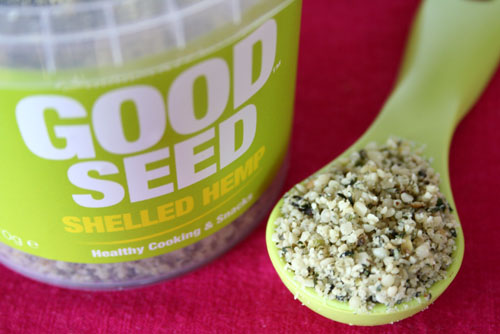My love affair with the little goji berry is still going strong ♥ I adore their sweet/salty flavour and vibrant colour. I eat gojis every day, sprinkled on my porridge, muesli, yoghurts and chocolate chia puddings. And, as you may have seen already, they’re my favourite ingredient to add to home-made chocolates.
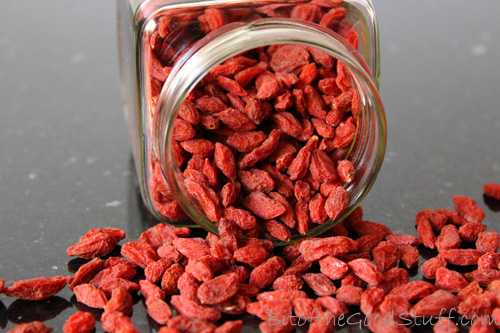
And did you know, goji berries are one of the most nutrient-dense foods on the planet? They are a complete protein, contain 11 essential vitamins, 22 trace minerals, and are packed with antioxidants, including flavonoids, polyphenols, carotenoids and vitamins C, E and A. They contain more vitamin C than oranges, more betacarotene than carrots and more iron than spinach. No wonder the goji berry is referred to as the ‘fruit of longevity and well-being‘!
Of course, in the East, they’ve known about the health benefits of goji berries for thousands of years. We’ve been a bit slower to catch on in the West, but we’re finally getting there 😉
Recently, nu3 invited me to take part in blogger challenge to create a recipe using their goji berries. Of course, I was more than happy to accept! I started to think of all kinds of weird and wonderful creations, but M suggested that I should keep it simple and rather than creating something new, I should share one of our family favourites.
And heeding his advice, this is what I’ve chosen to do. My entry for the Nu3 challenge is a simple home-made chocolate bark. M and Lil’ L mentioned to me the other day that this could actually be their favourite chocolate ever! Now that is a statement!

I make this chocolate using virgin coconut oil (instead of cocoa butter), which gives it a gentle hint of coconut flavour and a glorious ‘melt-in-your-mouth’ sensation. It also features two of my favourite ingredients – goji berries and pecans – which add extra dimensions of flavour, texture and nutrients.

This chocolate is incredibly easy to make. No expertise required! You simply melt the coconut oil, stir in the remaining ingredients, and pour them into a container. I line the container with cling film, which makes it really easy to lift out. Sometimes I toast the pecans prior to chopping them but this isn’t an essential step.

The chocolate is then placed in the freezer until set and voila, you have your own scrumptious chocolate bark ♥ And you can feel very proud that you made it yourself, from scratch 😀

It is up to you how you choose to break up the chocolate. You can either go for the rustic look and chop it into shards, or go for more uniform squares.
Store and serve the chocolates straight from the fridge and freezer, as coconut oil goes soft and melty at room temperature. In an airtight container, they will keep for weeks, but I somehow doubt they’ll last that long 😉
[print_this]Makes around 20 chocolates
Hands-on time: 20 minutes Setting time: 1 hour
Ingredients
70g / 2½ oz / 1/3 cup virgin coconut oil
58g / 2 oz / ½ cup cocoa powder (or cacao powder)
2½-3 TBSP Sweet Freedom fruit syrup (or agave nectar)
2½ TBSP goji berries, divided
58g / 2 oz / ½ cup pecans (raw or lightly toasted)
You will also need: medium-size saucepan, heat-proof bowl, whisk, container about 20cm x 9cm / 8” x 3½” (I use my smallest bread pan or a plastic container), cling film (plastic wrap)
Method
Preparation
Line a container with cling film, leaving sufficient hanging over the edges so you can lift out the chocolate.
Roughly chop the pecans and place 2 TBSP in a mini food processor along with 2 TBSP goji berries. Pulse until finely chopped.
Add a small amount of water to a saucepan and place a heat-proof bowl on top. Gently heat the water. Throughout the chocolate making process, you want to keep the water gently heated. On my electric hob, once the water has reached a simmer, I turn the heat down to 2. On a gas hob, I suggest turning the heat off once the coconut oil has melted and just give it an occasional blast of heat, if needed.
Ready, set, go!
Roughly chop the coconut oil and place it in the heat-proof bowl. Once melted, whisk in the cocoa powder. Next whisk in the liquid sweetener. I use about 2½ TBSP Sweet Freedom. If using agave syrup, 2 TBSP should be sufficient. Taste test, and add more sweetener, if needed.
Remove from the heat and stir in the finely chopped pecans and goji berries, along with another 2-3 TBSP of the chopped pecans. Lift the bowl and dry the bottom with a tea towel, before pouring the chocolate into the prepared container. Tap the container on the worktop to remove any air bubbles. Sprinkle the top of the chocolate with the remaining chopped pecans and whole goji berries. Lightly press them into the chocolate.
When completely cool, place the chocolate in the freezer until fully set (around 1 hour). Once set, lift the chocolate out the container and cut into pieces using a sharp, smooth edged knife.
Coconut oil becomes soft at room temperature, so serve the chocolate straight from the fridge or freezer. In an airtight container, the chocolate will keep for weeks.
[/print_this]
Products used in this recipe
– nu3 goji berries
– Essential Organic Virgin Coconut Oil – I bought this from Harvest in Bath, but it’s also available in other health food shops and online stores, including Amazon
– Sweet Freedom Original, available from Asda, Waitrose, Morrisons, Ocado and online stores, including Amazon
– Kenwood Mini Chopper, purchased from Amazon
[This recipe has been entered into Ricki Heller’s Wellness Weekend]
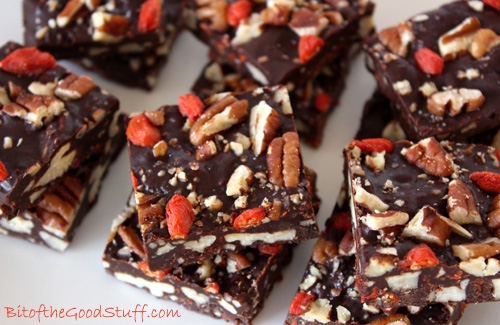
Good luck to all the bloggers entering the nu3 challenge. I’m sure there will be many beautiful and inspiring entries ♥
I think nu3 are planning to invite the public to vote on the entries and a prize will be awarded to the entry with the most votes. As soon as I have the details, I’ll post a link.
Have a great weekend everyone! xx
UPDATE: Thank you so much to everyone that voted for me in the nu3 Blogger Challenge ♥ I am so thrilled to have won! 😀


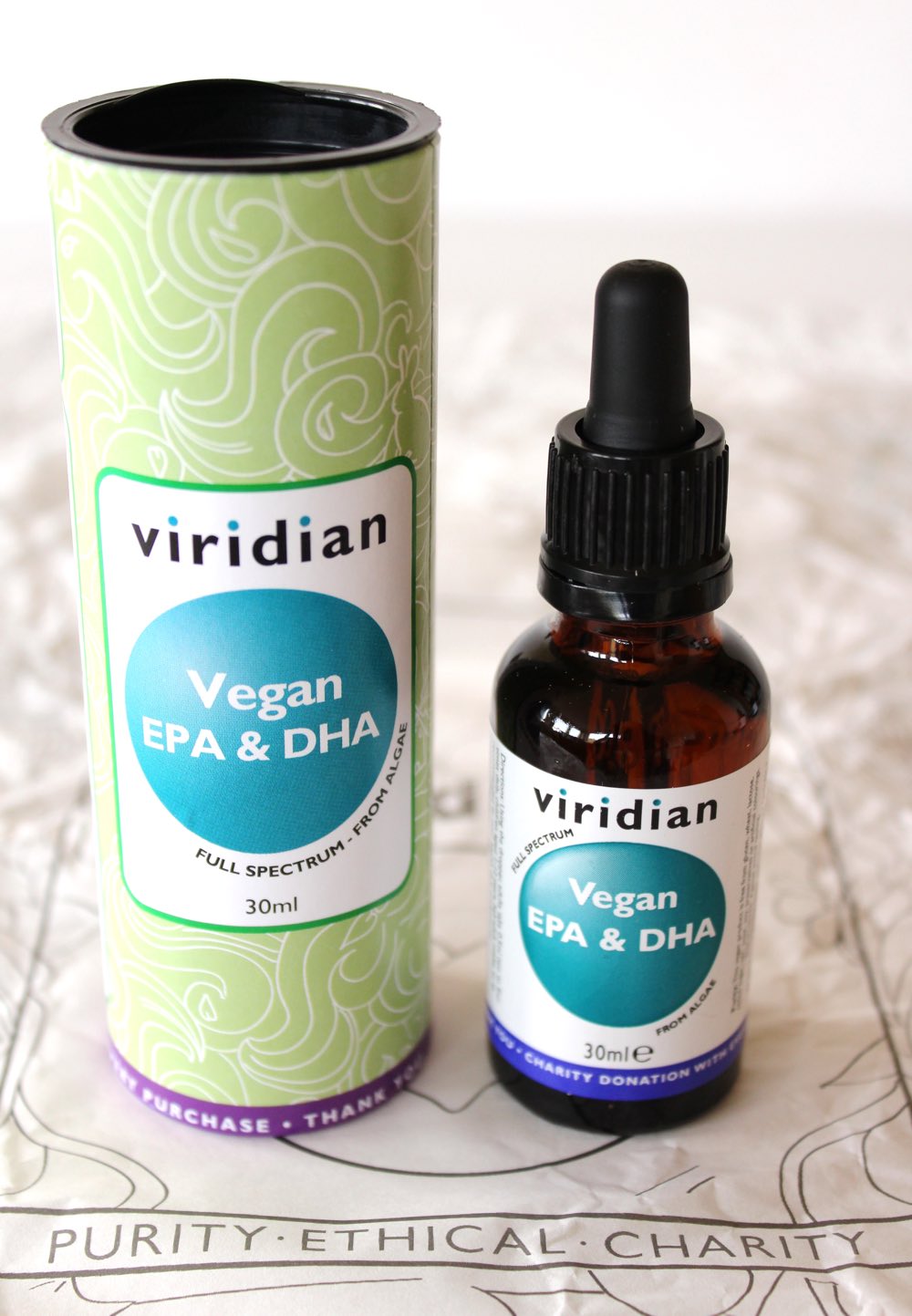
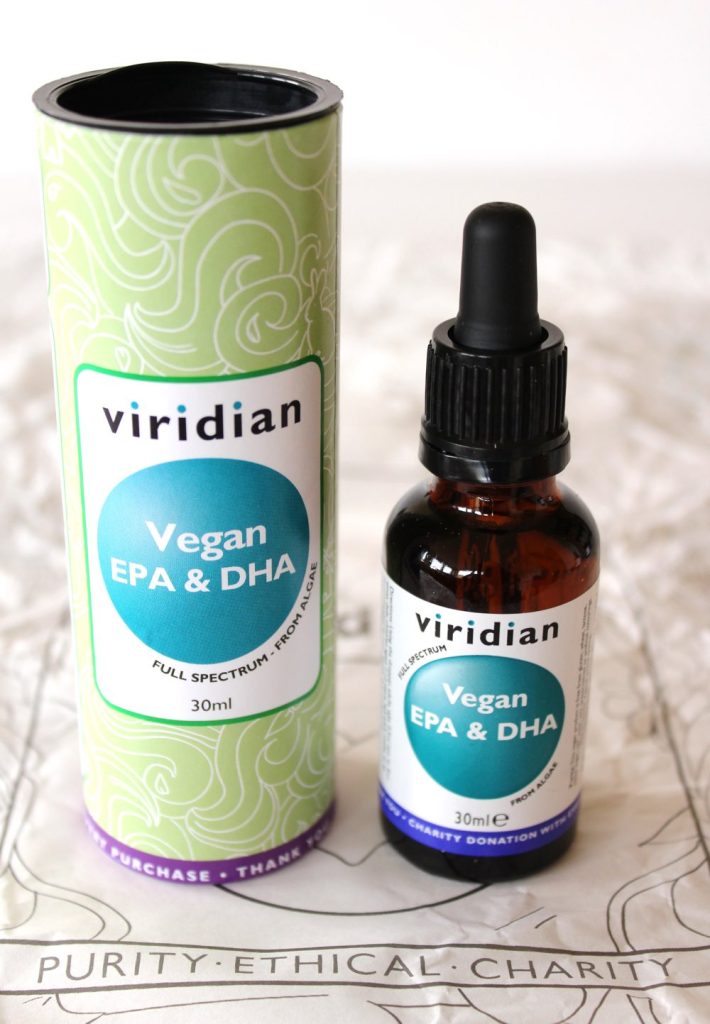
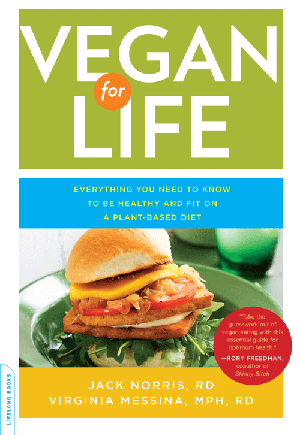

 My number one choice for nutrient intake will always be food. However, for these key nutrients – vitamins B12 and D, iodine, omega 3 (especially EPA & DHA) – I’ve decided to take a ‘belt and braces’ approach for now and use supplements to top up our levels, as and when needed.
My number one choice for nutrient intake will always be food. However, for these key nutrients – vitamins B12 and D, iodine, omega 3 (especially EPA & DHA) – I’ve decided to take a ‘belt and braces’ approach for now and use supplements to top up our levels, as and when needed.